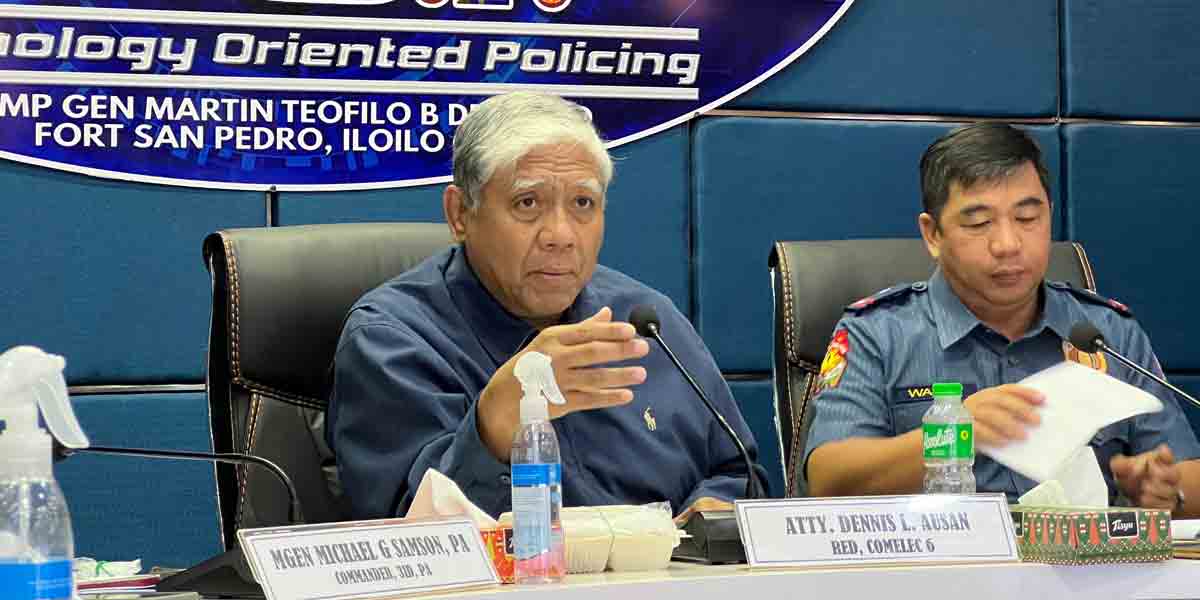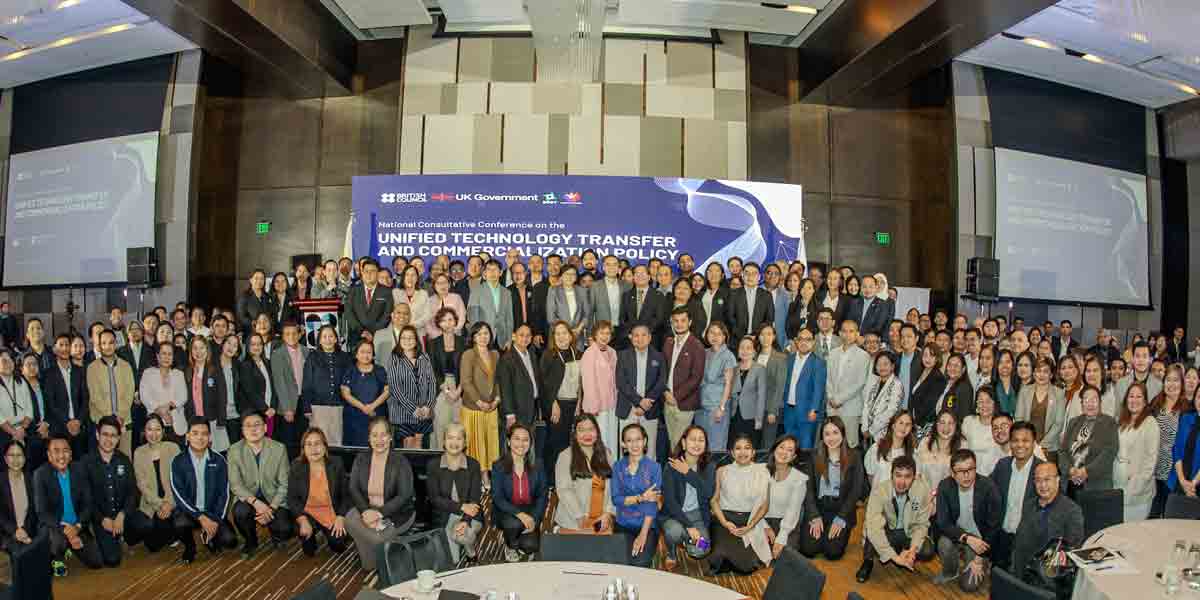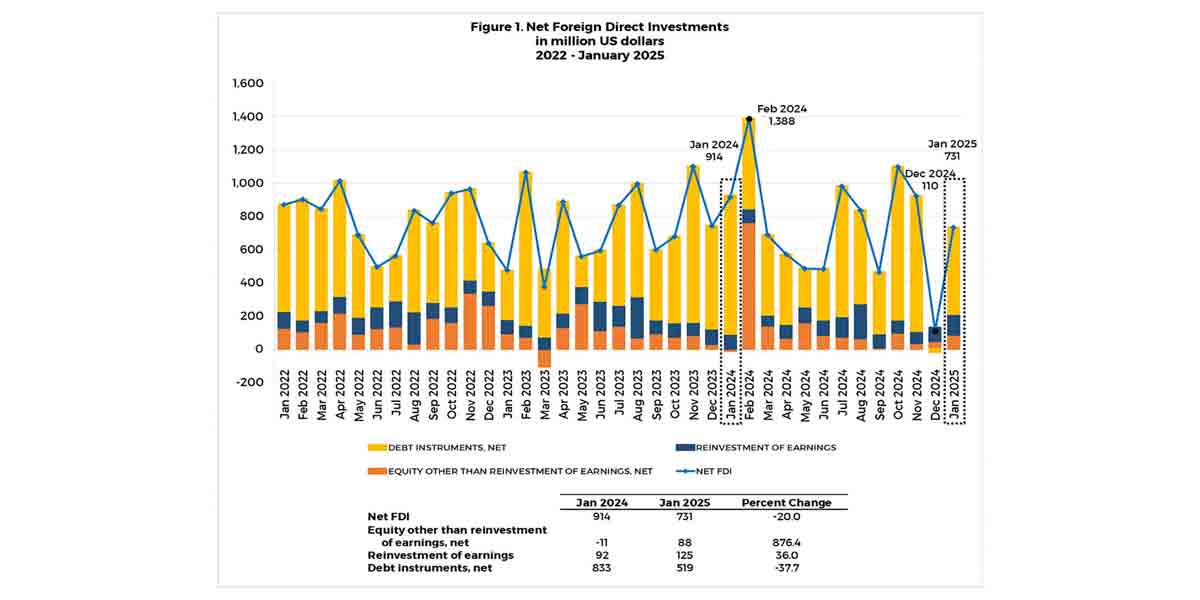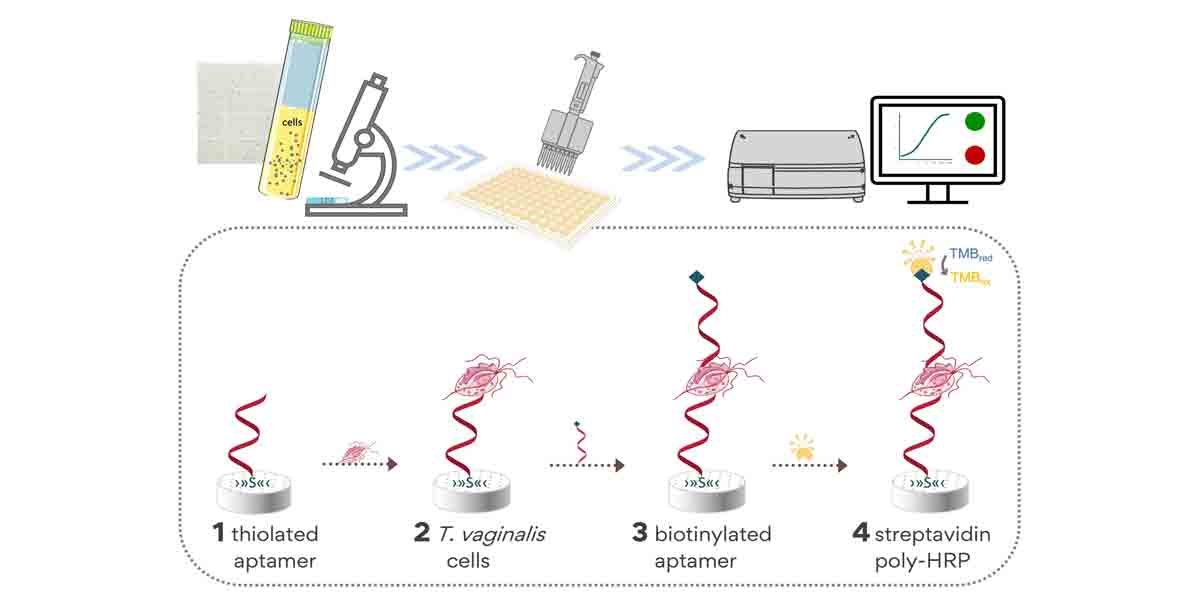 By Atty. Rolex T. Suplico
By Atty. Rolex T. Suplico
Law students have always been taught that corporations have personalities separate and distinct from that of their stockholders. This, law professors said, is a fiction of law, which can be pierced or set aside in certain instances.
The case of CONCEPT BUILDERS, INC., Petitioner, v. THE NATIONAL LABOR RELATIONS, COMMISSION, (First Division); and Norberto Marabe, et al., Respondents, G. R. No. 108734, promulgated on May 29, 1996, illustrates this legal principle. The decision was written by Justice Regino C. Hermosisima, Jr., for the Supreme Court’s First Division.
In 1981, Concept Builders, Inc., (Concept), a construction company, terminated the services of its workers as the project for which they were hired had been completed. The workers immediately “filed a complaint for illegal dismissal, unfair labor practice and non-payment of their legal holiday pay, overtime pay and thirteenth-month pay against petitioner.” In 1984, the Labor Arbiter ruled in favor of the workers, based on the finding that the project had not yet been completed and that Concept had engaged the services of a sub-contractor to finish the same. The Arbiter ordered their reinstatement with back wages.
In 1985, the National Labor Relations Commission (NLRC) dismissed Concept’s motion for reconsideration, stating that the “decision had already become final and executory.” In 1986, it computed and found “that private respondents’ back wages amounted to P199,800.00.” A writ of execution was issued, which was partially satisfied. An alias writ of execution was thereafter issued for the balance and to reinstate the workers to their former positions.
In 1989, the sheriff tried to serve the alias writ but was unable to do so. He was informed that Concept “no longer occupied the premises.” He secured a second alias writ and served it. This time, the guards in the premises informed him that the place was occupied by Hydro Pipes Philippines, Inc. (HPPI).
Thereafter, a Dennis Cuyegkeng “filed a third-party claim with the Labor Arbiter alleging that the properties sought to be levied upon by the sheriff were owned by Hydro (Phils.), Inc. (HPPI) of which he is the Vice-President.”
The workers then moved for the issuance of a “break-open order.” They alleged that HPPI and Concept “were owned by the same incorporator/stockholders.” In support thereof, they presented certified true copies of the General Information Sheets (GISs) of both HPPI and Concept. They alleged that Concept “temporarily suspended its business operations in order to evade its legal obligations to them x x x.” When compared, the respective GISs of Concept and HPPI showed that they have the same stockholders, the same directors, the same officers and the same address.
HPPI opposed the workers’ motion for a break-open order, “contending that HPPI is a corporation which is separate and distinct from petitioner.” The Arbiter denied the motion, forcing the workers to appeal to the NLRC, which, “issued a break-open order and directed private respondents to file a bond. Thereafter, it directed the sheriff to proceed with the auction sale of the properties already levied upon. It dismissed the third-party claim for lack of merit.”
After its motion for reconsideration was denied by the NLRC, Concept filed a special civil action with the Supreme Court, arguing that the NLRC “committed grave abuse of discretion when it issued a “break-open order” to the sheriff to be enforced against personal property found in the premises of petitioner’s sister company.” It contended that “the doctrine of piercing the corporate veil should not have been applied, in this case, in the absence of any showing that it created HPPI in order to evade its liability to private respondents.”
The Supreme Court found “petitioner’s contention to be unmeritorious.”
The Court restated the principle that:
“It is a fundamental principle of corporation law that a corporation is an entity separate and distinct from its stockholders and from other corporations to which it may be connected. But, this separate and distinct personality of a corporation is merely a fiction created by law for convenience and to promote justice. So, when the notion of separate juridical personality is used to defeat public convenience, justify wrong, protect fraud or defend crime, or is used as a device to defeat the labor laws, this separate personality of the corporation may be disregarded or the veil of corporate fiction pierced. This is true likewise when the corporation is merely an adjunct, a business conduit or an alter ego of another corporation.”
The Court stated that the “test in determining the applicability of the doctrine of piercing the veil of corporate fiction is as follows:
“1. Control, not mere majority or complete stock control, but complete domination, not only of finances but of policy and business practice in respect to the transaction attacked so that the corporate entity as to this transaction had at the time no separate mind, will or existence of its own;
2. Such control must have been used by the defendant to commit fraud or wrong, to perpetuate the violation of a statutory or other positive legal duty, or dishonest and unjust act in contravention of plaintiff’s legal rights; and
3. The aforesaid control and breach of duty must proximately cause the injury or unjust loss complained of: The absence of any one of these elements prevents ‘piercing the corporate veil’.”
The Court then emphasized that “NLRC noted that, while petitioner claimed that it ceased its business operations on April 29, 1986, it filed an Information Sheet with the Securities and Exchange Commission on May 15, 1987, stating that its office address is at 355 Maysan Road, Valenzuela, Metro Manila. On the other hand, HPPI, the third-party claimant, submitted on the same day, a similar information sheet stating that its office address is at 355 Maysan Road, Valenzuela, Metro Manila.”
The NLRC further noted that “(b)oth information sheets were filed by the same Virgilio O. Casiño as the corporate secretary of both corporations. It would also not be amiss to note that both corporations had the same president, the same board of directors, the same corporate officers, and substantially the same subscribers.” It also found that “respondent (herein petitioner) and the third-party claimant shared the same address and/or premises. Under this circumstances, (sic) it cannot be said that the property levied upon by the sheriff were not of respondents.”
The Court then concluded that:
“Clearly, petitioner ceased its business operations in order to evade the payment to private respondents of back wages and to bar their reinstatement to their former positions. HPPI is obviously a business conduit of petitioner corporation and its emergence was skillfully orchestrated to avoid the financial liability that already attached to petitioner corporation.”
The Court then stated that “the NLRC did not commit any grave abuse of discretion when it affirmed the break-open order issued by the Labor Arbiter. Finally, we do not find any reason to disturb the rule that factual findings of quasi-judicial agencies supported by substantial evidence are binding on this Court and are entitled to great respect, in the absence of showing of grave abuse of a discretion.”
It then dismissed the petition of Concept and affirmed the assailed NLRC resolutions, on the issuance of the “break-open order” and the denial of its motion for reconsideration.




















